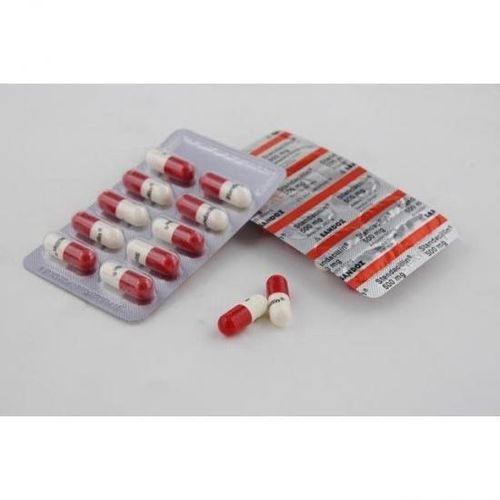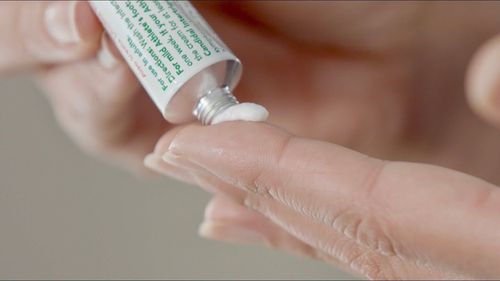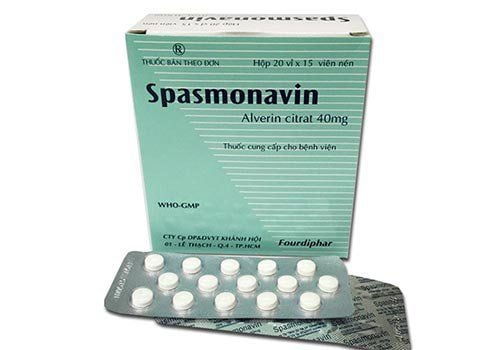This is an automatically translated article.
Lamicom is used against harmful bacteria, viruses and fungi. With anti-infective drugs should not be used arbitrarily without a prescription from the doctor. Here are some shared information to help you better understand what Lamicom medicine does.1. Uses of Lamicom
Lamicom is indicated for use in some specific cases such as:
Treatment of candida infections that often appear in gynecological infections. Candidiasis in the mouth, pharynx, esophagus. peritoneum and urinary tract. Extensive candida infections can affect the lungs or blood. Meningitis with an identifiable cause is Cryptococcus neoformans. The fungus was identified as infection with Blastomyces Coccidioides immititis and Histoplasma. Prevention of candidiasis in patients with weakened immune systems. Patients undergoing bone marrow transplantation or cancer patients who use radiation and chemotherapy should use it to prevent infection. Use for AIDS patients. Lamicom is used to inhibit the flexibility of fungal cells in the body. From there, the nutrients provided to bacteria and fungi gradually decrease, weakening them. As a result, Lamicom can fight infections and prevent infection for some specific cases.
After using Lamicom you need to monitor your health. Medical studies have shown that oral Lamicom is more effective than intravenous administration. After oral administration, the drug concentration reaches the maximum measured level after about 1 - 2 hours. It then takes 5-7 days for drug levels to stabilize again.
After using the drug Lamicom will move to ensure that all parts of the body, especially fluids and tissues, receive nutrition. Because the fluid is almost everywhere in the body, Lamicom's effectiveness is quite wide for the treatment of fungi in the organs.
The complete half-life of Lamicom should be 30 hours after oral administration. Urine samples of patients using Lamicom drug were analyzed, the percentage of detected elements accounted for 80%.
2. Dosage and how to use Lamicom
Drugs for oral use require a detailed assessment of suitability. With each different type of mushroom, the patient's health is different, and the way to use and the dosage needs to be adjusted to become more suitable. More importantly, the patient needs to use it until it is completely cured and approved by the doctor. stop medication. Avoid arbitrarily adjusting or stopping the drug to lead to relapse. Except for cases of HIV infection and meningitis, Lamicom must be maintained for a long time.
You can use Lamicom in all subjects. However, the age of the patient will be the first factor in assessing the dose of the drug to be used. Please refer to the following dosing guidelines:
Infants and young children Infants less than 1 month of age: Newborns less than 2 weeks of age are usually given a weight-based dose of 3 - 6 mg/kg per day. time. This age group will take doses 72 hours apart. Children 2 to 4 weeks old are given the same dose as children under 2 weeks, but the interval of 2 consecutive doses is reduced to 48 hours. Children: Children to prevent infection will be given a low dose of 3mg/kg per day if the fungus is present on the surface. For a full-blown fungal infection, the use should be increased to 6-12mg/kg/day. Similarly, when treating bacterial infections in children, a dose of 6mg/kg/day will be chosen. If treatment is prolonged, double the dose and use it in 2 divided doses per day. The maximum daily dose for children is 600mg. Adults Candidiasis: Each fungal infection area will have different dosages of the drug. However, most people will use a single dose of 1 tablet to treat with the equivalent content of 150mg, except for systemic fungal infections. Gynecological yeast infections can persist for months and last 4-12 months. Oropharynx is treated for 1-2 weeks. Esophageal therapy for at least 3 weeks and an additional 2 weeks after complete resolution of symptoms. In systemic fungal disease, the first dose should be used 3 tablets each time. Then reduce to 1 pill. Patients should be treated for at least 4 weeks and after symptom relief will continue for 2 weeks. Diagnosed Meningitis Caused by Crypyococcus; The first time using Lamicom drug dose of 3 tablets, then depending on the situation, use 1 - 3 tablets / time. After about 6-8 weeks of treatment, conduct a CSF test, if negative, continue to be indicated. HIV patients who will receive a single dose of 1 tablet may require prolonged treatment. Prevention of early risk of fungal infections: Patients after performing bone marrow transplant surgery will use 3 Lamicom tablets to fight infections. If the patient is diagnosed at risk of agranulocytosis, a treatment regimen will be appropriate to avoid a sharp decrease in the white blood cell count. Patients with Manifestations of Renal Impairment: Dosage should be adjusted for patients with renal impairment based on the usual dose and clinical presentation. Most of it is to reduce the dose of the drug to an appropriate level to avoid overloading the kidney's activities.
3. Notes before taking Lamicom
Some patients with signs or history of hypersensitivity to antifungal drugs should limit or not use Lamicom treatment. In addition, hypersensitivity to excipients may also need contraindications to ensure the safety of the patient's health.
The effect of Lamicom on pregnant or lactating women has no clear basis. Therefore, women need to be very careful when they need to use Lamicom. In addition, some noted that workers who drive or work with machines need to consider resting while taking Lamicom. There are some findings that Lamicom causes dizziness, headaches that are very dangerous when working.
4. Side effects of the drug Lamicom
Side effects can come early or come late depending on the patient. If there are abnormal signs, please notify your doctor to stop when needed. Here are a few side effects for you to avoid:
Dizziness. Headache . Vomit. Stomachache. Diarrhea . Slight increase in liver indices. Itchy rash. Rash. Increased eosinophils. Anemia . Decrease in neutrophils. Decreased platelets. Skin peeling. Steven Johnson Syndrome. High fever. Swelling. Urinary retention. Pleural effusion. Low blood pressure. Decreased blood potassium. Anaphylaxis . Side effects are ranked from high to low risk.
5. Interactions with drugs Lamicom
Lamicom can cause interactions because the drug ingredients react with some drug classes. You need to avoid some of the following groups of drugs to reduce the effects or toxins on the body after using Lamicom:
Epilepsy drugs. Drugs for patients with diabetes. Antihistamines of the histamine group. Anticoagulants. Antiviral drugs. Besides these drug groups, special attention should be paid to not using Lamicom and rifampicin simultaneously. These two drugs can be reduced in efficacy when used concurrently, leading to difficulty in their complete absorption or disruption of their half-life.
For patients with HIV infection, care should be taken to avoid using Lamicom with rifabutin or zidovudine. When combined, they will cause an overdose because the plasma concentration of Lamicom is higher than actually calculated.
Lamicom is often used to treat mild to systemic fungal infections. Each patient will have a different treatment. To ensure safety to avoid health effects, you should discuss carefully about the drug and how to use it with the examining doctor.













